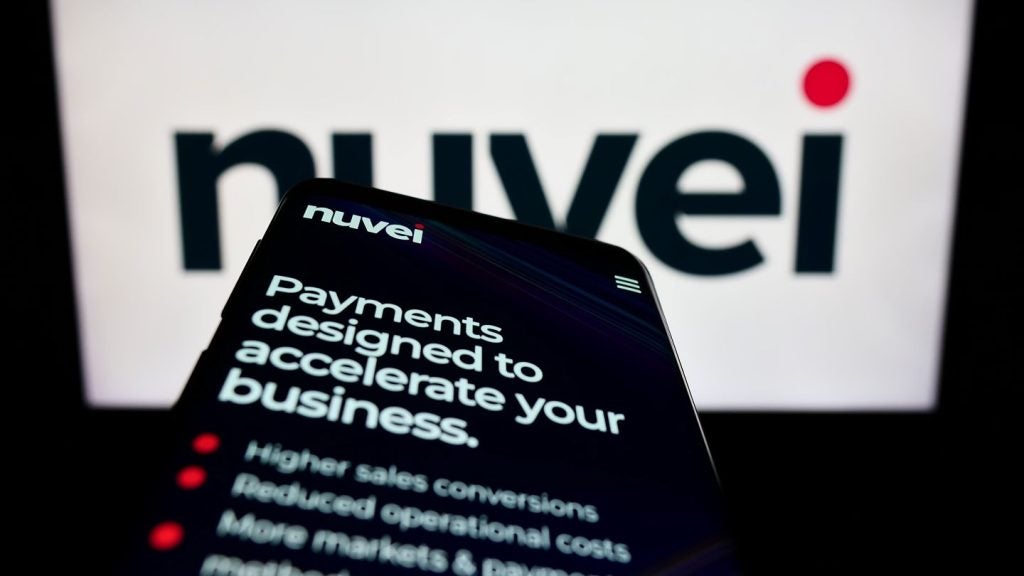Fintech has arguably done more for customers in just two years than over a century of consumer protection regulation. Regulators worldwide are enabling fintechs through various supply and demand-side initiatives. But incumbent bank regulation also help, in so far as it creates cost advantages for new entrants, regulatory loopholes, and direct regtech opportunities.
Listed below are the key regulatory trends impacting fintech, as identified by GlobalData.
Open banking
Open banking makes a variety of direct-to-consumer fintech business models more viable. This is not just within financial services, but business models that cut across traditional vertical lines. It is likely that this is where the most disruptive and fastest-growing fintechs will emanate from. Open banking can combine elements of fintech, property tech, and health tech in ways that could render entire processes, products, and even provider types irrelevant.
For example, entirely pre-filled and pre-approved mortgage applications based on API calls to lenders, brokers, and credit bureaus. Or an always-on price comparison service with automated product switching offered by a digital bank.
Risk-based regulation
Fintechs have lobbied effectively for risk-based regulation. So fintechs taking on less risk (either in terms of number of customers or type of activities) are not held to the same standard as those conducting more risky activities. In response, the Office of the Comptroller of the Currency in the US has proposed a special-purpose national bank charter. This would allow fintechs to operate nationally without having to meet stricter regulatory and capital requirements dictated by a full charter. Hong Kong has introduced a series of new virtual banking licenses, with Singapore and Taiwan to follow suit. Similar efforts in Australia have seen three new banks (Volt, 86 400, and Judo) get full licenses, along with a restricted license for Xinja.
Authorities are clarifying sandbox environments for partnerships. The Financial Conduct Authority and Monetary Authority of Singapore has done this in complex and esoteric areas like automated advice for mortgages.

US Tariffs are shifting - will you react or anticipate?
Don’t let policy changes catch you off guard. Stay proactive with real-time data and expert analysis.
By GlobalDataFee transparency and limits on commission
Regulators have clamped down on punitive overdraft charges, interchange fees, mis-selling of payment protection insurance (e.g. Dodd-Frank and the Consumer Financial Protection Bureau [CFPB] in the US), and hidden fees in commissions (the UK’s Retail Distribution Review). In exposing the true cost of financial services, regulators make more apparent the cost differential between incumbent services and fintechs. This was otherwise concealed through the “cross-subsidy” model.
Regulatory arbitrage
Basel III raises the cost of business for incumbents, meaning more money held in reserves rather than being lent out. In the US, the CFPB increases the cost of business with guidance on loan qualification and capital requirements as well as increased frequency of reporting.
However, firms such as Prosper and LendingClub source funding in a way that requires less capital to be held on their own balance sheets. Non-bank fintechs earn more from interchange fees than incumbent banks (as the latter are capped by the Durbin Amendment in the US). All fintechs are better equipped to use analytics and automation to reduce compliance costs.
Often fintech can more easily “advise” through digital channels. Marketable safe-to-spend features, for example, have underpinned many money management offerings, winning them favourable press attention. But incumbent bank efforts were held back for fear “safe-to-spend” be construed as “advice” by regulators. (Meaning an elongated set of disclaimers and notifications, and possible regulatory fines in the event of inaccurate safe-to-spend estimates).
Regtech
Bank regulation is a massive commercial opportunity for fintechs. Most recently, Danske set aside $8bn to cover likely fines for a $235bn money laundering scandal, which saw the bank’s CEO Thomas Borgen resign, its share price more than halve, and operations in Estonia (where the scandal occurred) closed down. Firms like Money Catcha Pty Ltd and RegTek. Solutions use machine learning, artificial intelligence (AI), and APIs to help big incumbent banks limit potential reputational and pecuniary damage from anti-money laundering and Know Your Vendor violations.
General Data Protection Regulation (GDPR) and related fines
GDPR prepares banks for the growing importance of digital, data-driven business models. Failing to obtain permission to process data will result in fines up to €20m or 4% of global turnover. Since GDPR was passed other countries including Argentina, Australia, and Brazil have moved to implement similar rules. The US is likely to adopt a federal law on data protection very soon. The state of California enacted the Consumer Privacy Act, which is due to come into force in 2020.
This is an edited extract from the Fintech – Thematic Research report produced by GlobalData Thematic Research.











